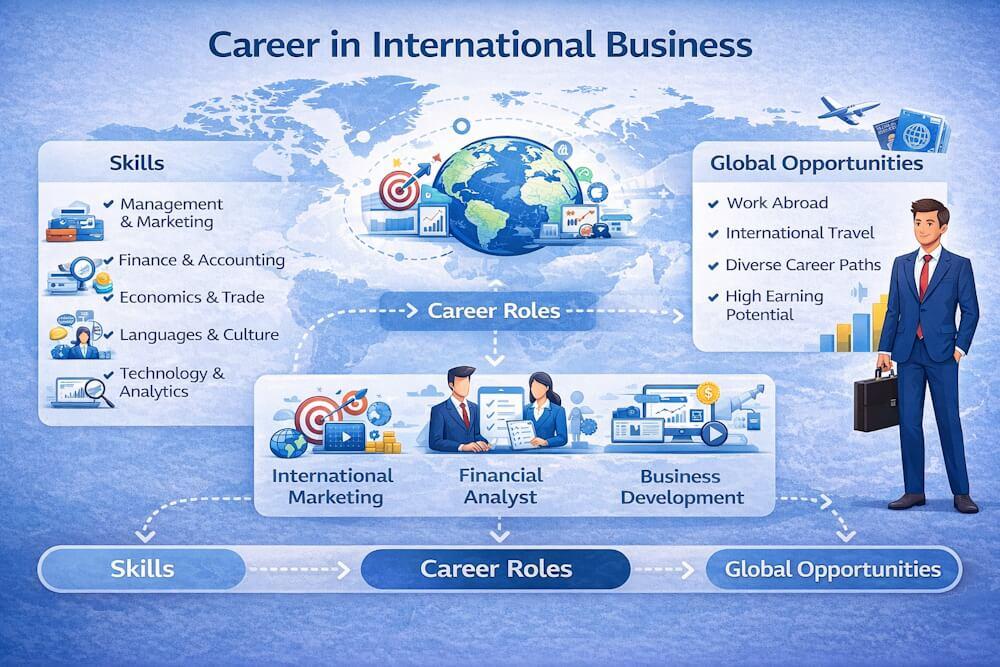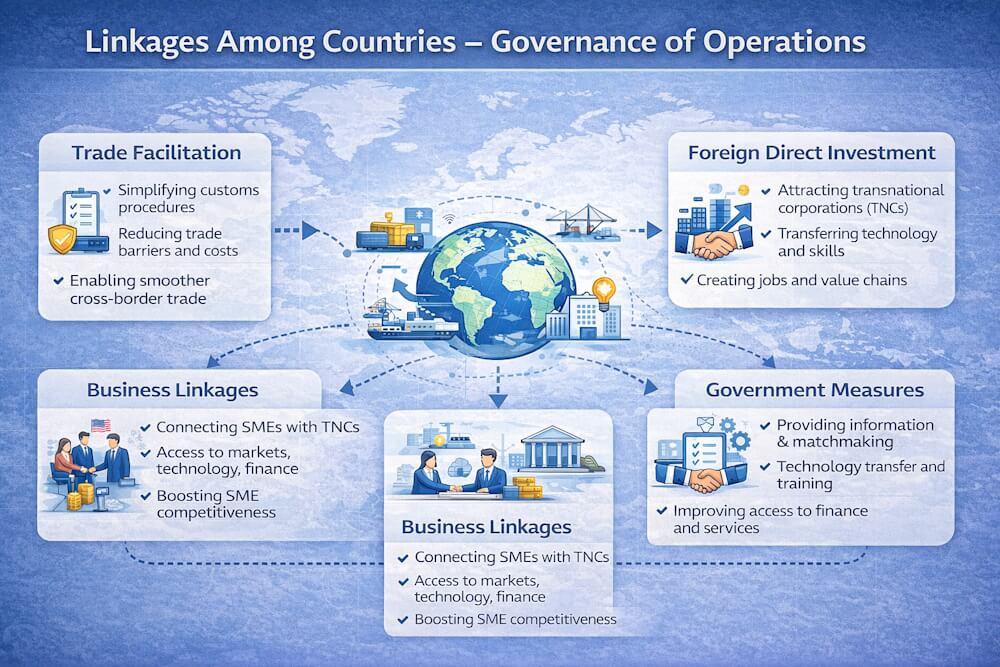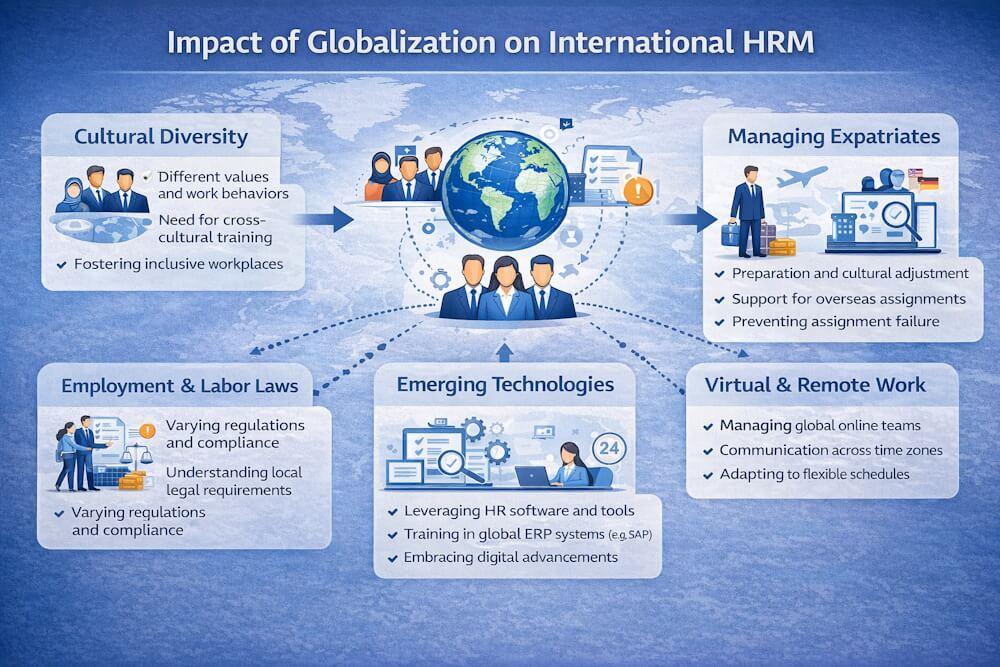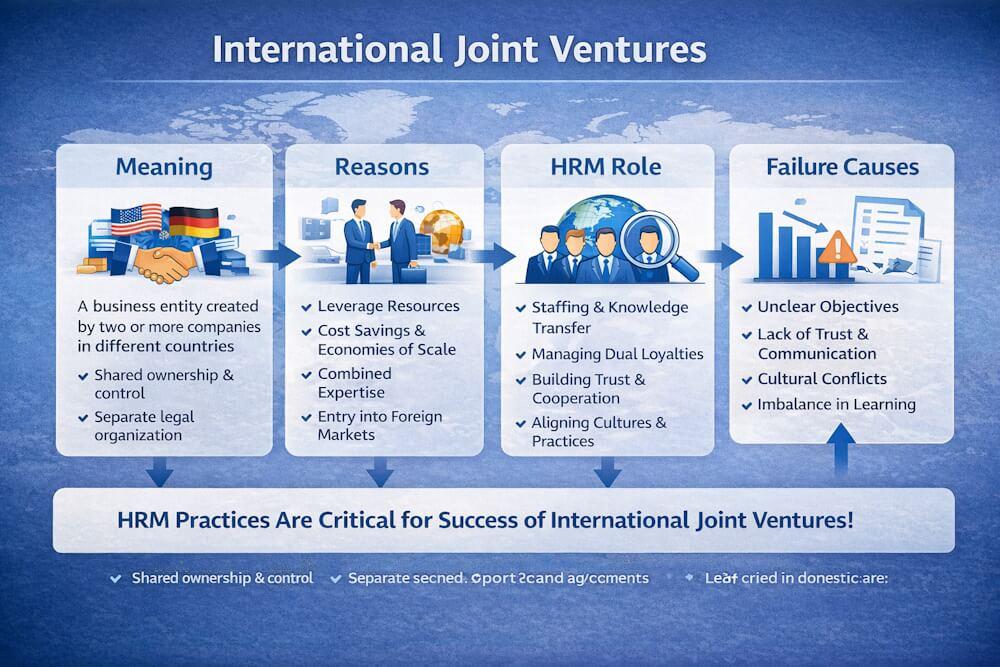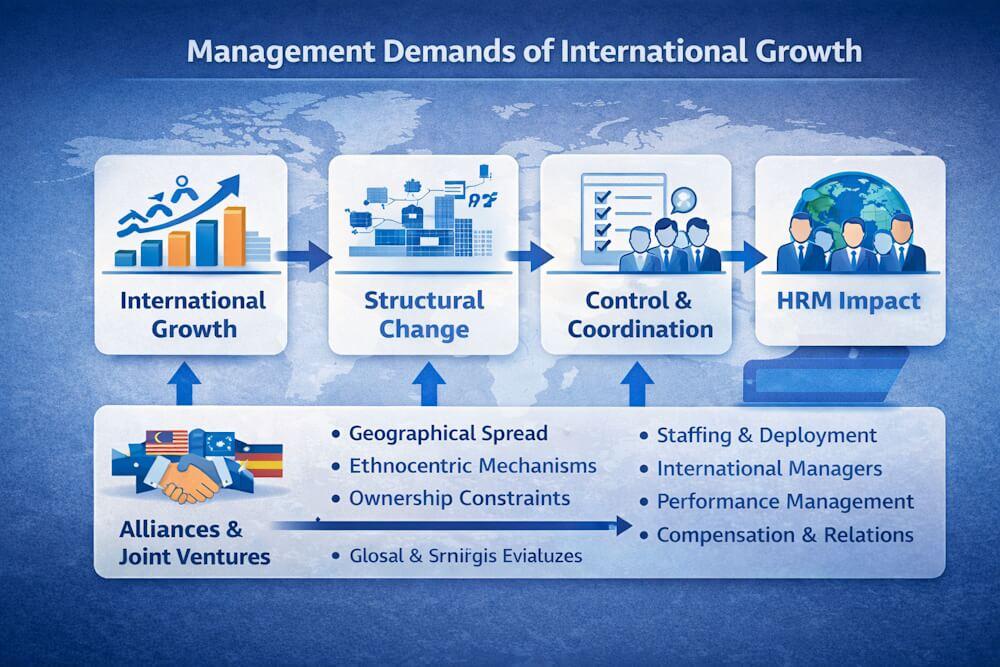Employees are essential to any company or organization. They're the ones who carry out daily tasks and generate income. While paying salaries is an obvious cost, it’s far from the only one. There are plenty of hidden or rising expenses tied to having a team—and if you’re not paying attention to them, they can quickly start hurting your bottom line.
Here’s a look at the top 8 HR risks your company faces, along with some thoughts on how to manage or prevent them.
1. Workplace Culture
Let’s talk culture—because it runs deeper than team lunches or quirky office decor.
In most companies, there are two main types of workplace culture:
● Team-Oriented Culture
This kind brings people together with a shared sense of purpose, usually aligned with the goals set by leadership. It’s visible in how work gets done, how well people collaborate, and how smoothly communication flows up and down the org chart. Some organizations build this through strong leadership, while others rally around a common mission.
Either way, it’s something you need to actively foster. Hiring people who fit that culture is just as important as hiring for skills.
● Safety & Risk Management Culture
This is less about team spirit and more about how you operate. Inspired by thinkers like Simon Sinek, it's about embedding risk-awareness into your daily functioning. Why? Because every decision involves balancing risk and return. Building a culture that values safety and measured decision-making helps reduce costly mistakes and sets your business up for long-term resilience.
2. Workers’ Comp Injuries, Medical Costs & Lost Productivity
Even in the safest workplaces, accidents happen. Some are pure chance—but many stem from unsafe environments, sloppy practices, or outside factors (like getting hit by a reckless driver).
Here’s what those incidents can lead to:
- Lost productivity
- Increased labor costs (need someone to work overtime?)
- Lower employee morale
- Medical and disability payouts
- Fines and penalties (Hello, OSHA!)
- Higher turnover and associated costs
You can’t avoid all accidents, but you can minimize them with proper training, safety protocols, and a culture that encourages speaking up about hazards.
3. Employment-Related Lawsuits
You won’t make everyone happy all the time. That said, a poorly handled HR process—or an employee who crosses a line—can trigger serious legal issues.
Whether it’s intentional or unintentional discrimination, harassment, or mishandled feedback, the costs can be huge. Lawsuits related to workplace treatment have become one of the fastest-growing HR expenses.
The solution? Create clear systems for handling complaints, investigate issues quickly, and hold people accountable—no matter their rank. A strong, fair process helps protect both your people and your company.
4. Employee Benefits Liability
Let’s skip the obvious elephant in the room—healthcare costs are already through the roof. But beyond the price tag, how you manage your benefits program can create risks too.
Things like:
- Who’s eligible
- How and when you notify them
- The clarity of your communication
- Mistakes during enrollment
- Misunderstandings about coverage
Any misstep in these areas can result in financial liability or even legal trouble. Make sure your benefits team is organized, transparent, and trained to avoid these pitfalls.
5. Network & Data Security Risks
Cybersecurity isn’t just an IT issue anymore—it’s an HR issue too.
Your employees are often the weakest link in your digital defenses. Whether it’s clicking a sketchy email, sharing passwords, or handing over sensitive info without thinking, human behavior plays a big role in breaches.
The good news? Most of this comes down to poor training and policies. Regular security awareness training and clearly defined protocols can drastically reduce risk.
6. Theft & Embezzlement
Unfortunately, employee theft happens—and it’s usually someone you’d never expect.
Sometimes it’s financial pressure, other times it's addiction, or just plain resentment. But no matter the reason, the results are painful:
- Stolen or unrecoverable money or assets
- Loss of a possibly key employee
- Damaged reputation
The solution isn’t just surveillance. It’s about having strong internal controls, separating duties, reviewing financial activity, and creating a culture of transparency and accountability.
7. Training & Competency Gaps
If your training program is weak—or worse, nonexistent—you're putting your entire business at risk.
Lack of proper training can lead to:
- Regulatory violations
- Customer dissatisfaction
- Cybersecurity failures
- Injury or even loss of life
- Lawsuits or compliance issues
Many HR risk management strategies start and end with training. It's not just about onboarding—it's ongoing, job-specific, and includes refreshers whenever things change.
8. Employee Turnover
Turnover touches every HR risk mentioned above. And it’s more than just a headache—it’s expensive.
Some studies show that losing a single employee can cost 1.5–2x their annual salary when you add up lost productivity, recruitment, training, and disruption.
Turnover is often a symptom of deeper problems: poor leadership, lack of growth, burnout, or a toxic culture. If you're seeing high turnover, it’s time to dig in and figure out why.
Bonus tip: You can check out tools like Bonus.ly’s Employee Turnover Calculator to estimate the cost of your churn—it might surprise you.
Final Thoughts
Managing HR risks isn’t just about avoiding lawsuits or injuries. It’s about building a company where people thrive, systems work smoothly, and surprises are minimized. From training and security to benefits and culture—every piece matters.
When you invest in HR risk management, you're not just protecting your business—you're setting it up to grow in a smart, sustainable way.
Read More Related Articles -

